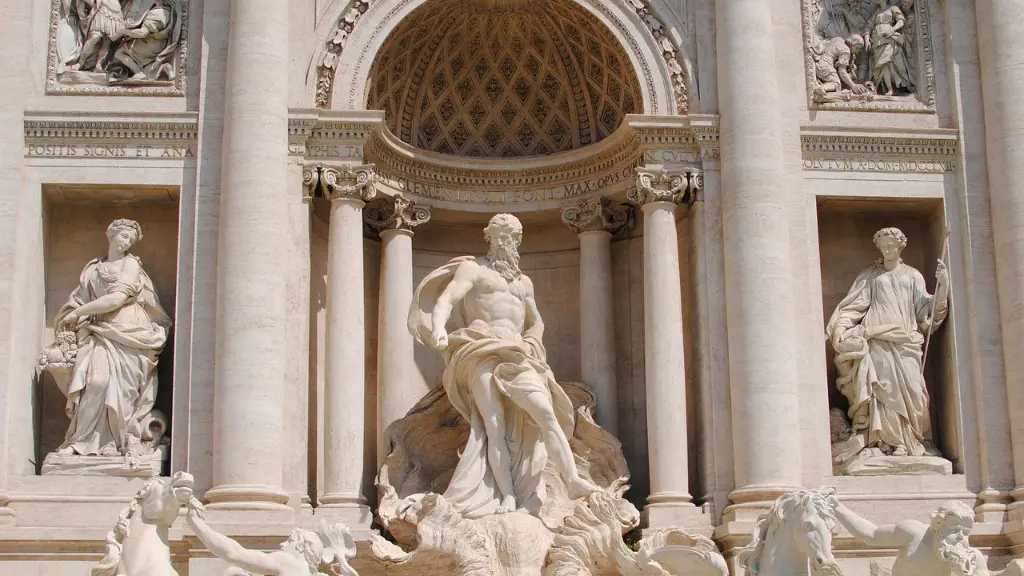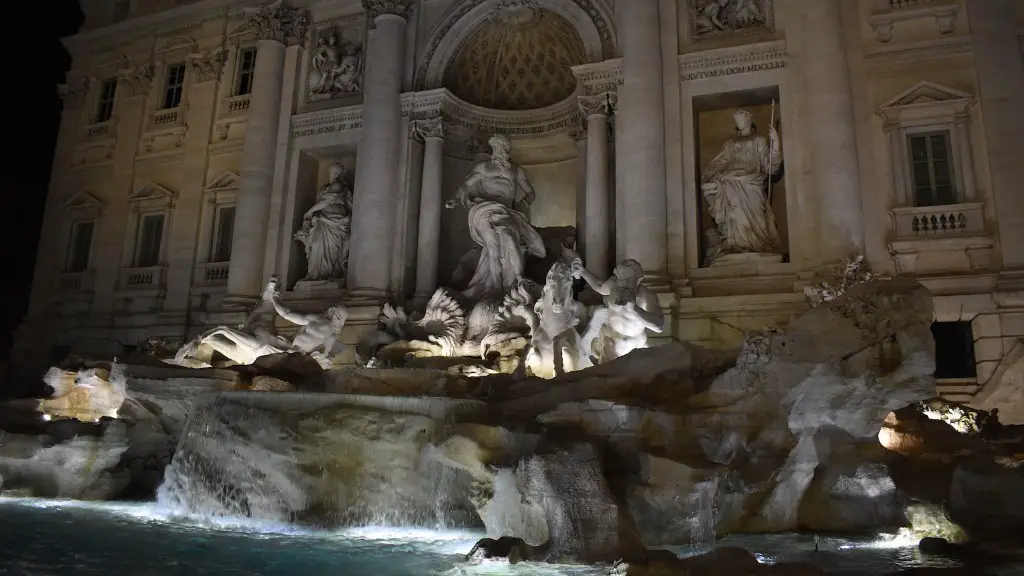Introduction
Ancient Rome is one of the most revered, awe-inspiring and often-quoted civilizations of the ancient world. It is responsible for some of the greatest advances in architecture, engineering, philosophy and art, and has left a lasting impression in the Western world. From its strategic location, to its grandiose monuments, there is something remarkable about Ancient Rome that sets it apart from other classical societies. In this article, we will explore what makes Ancient Rome so unique and classical.
Architecture and Engineering
One of the defining aspects of Ancient Rome is its impressive architecture and engineering feats. The Romans were master builders and engineers, and used advances in mathematics and geometry to create aqueducts, bridges and monuments that were second to none. For example, much of Ancient Rome’s majesty can be attributed to its expansive network of aqueducts, which were used to carry water from long distances. The Romans are also credited for their use of concrete and arches in their constructions, which helped to revolutionize the way structures were built.
The triumphal arch is one of the most recognisable structures from Ancient Rome, and was often used to signify the power and grandeur of the Roman government. The Colosseum is perhaps the most well-known of these monuments and was one of the largest amphitheatres ever built. It is an incredible feat of architecture and engineering and has stood the test of time, providing visitors with an awe-inspiring look into the glory of Ancient Rome.
Government and Social Structure
Ancient Rome was also highly influential in terms of its government and social structure. The Roman Republic was for a period of time the most advanced civilisation in the world and its political system laid the foundations for much of modern democracy. It was a meritocracy in which citizens could rise to positions of power depending on their ability, and it was the Republic that created the Senate, the magistrates, the consuls and the tribunes. This structure paved the way for much of modern politics over the centuries.
Ancient Rome also placed a great emphasis on social structure, with various classes of citizens ranging from patricians to plebeians. The upper classes had more power and privilege than ordinary citizens and could participate more in politics and public life. This class structure gave Ancient Rome an air of sophistication and its complex social order provided it with an aura of power and importance.
Philosophy and Religion
Another key aspect of Ancient Rome was its philosophy and religion. The Romans were deeply religious and had powerful gods like Jupiter and Juno that provided the citizens with comfort and strength in times of need. They also had a polytheistic religion that was based on numerous gods and goddesses that represented different aspects of life and worshipped them in temples all over the city. This in turn, provided Ancient Rome with a sense of grandeur and elevated it to a divine status that was envied by many in the ancient world.
The Romans were also known for their philosophical thought and their contributions to the Western world. They were some of the first to explore topics like ethics, morality and rationality and wrote extensively on the philosophy of life. Their philosophical thought laid the foundation for much of the philosophical thought that came after it, such as Stoicism and Epicureanism, which are still widely studied today.
Cultural Contributions
Ancient Rome also played a key role in the development of culture in the Western world. The story of Rome is often intertwined with the history of art, literature, music and theatre. The Romans were renowned poets and playwrights who wrote some of the most iconic works of the age and helped to shape our understanding of what it means to be human. Ancient Rome also had its own fashion, music and cuisine that were instrumental in making it so influential and cultural in nature.
The Romans also had a culturally diverse population, with people from all over the world calling Ancient Rome home. This diversity was one of the key factors behind Ancient Rome’s success and it allowed for a vibrant cultural exchange amongst its citizens that led to numerous advances in all sorts of areas including art, science, medicine and trade.
Legacy
The legacy of Ancient Rome is still felt today and its culture and values continue to shape our lives in so many ways. Its language, Latin, is still spoken by millions of people all over the world and has left an indelible mark in fields like politics, law and science. The monumental buildings of Rome have stood the test of time and are still awe-inspiring in their magnitude, while its ingenuity and achievements in engineering and architecture have helped to inform modern construction.
Above all, Ancient Rome was a city of ideas, where ideas were freely exchanged, discussed and debated. It was a melting pot of cultures and ideas that enabled its citizens to develop some of the most advanced and influential thought of the age. This is perhaps the most defining aspect of Ancient Rome – the legacy it left in terms of its ideas and philosophy. It is what truly makes it classical.
Conclusion
From its impressive architecture and engineering feats, to its innovative government and social structures, there is something remarkable about Ancient Rome that sets it apart from other classical societies. Its complex philosophical thought has shaped our understanding of what it means to be human, while its diverse and vibrant culture continues to have a lasting impact on our lives. It is this legacy, combined with its monumental buildings and ingenious engineering and architecture, that truly makes Ancient Rome classical.


